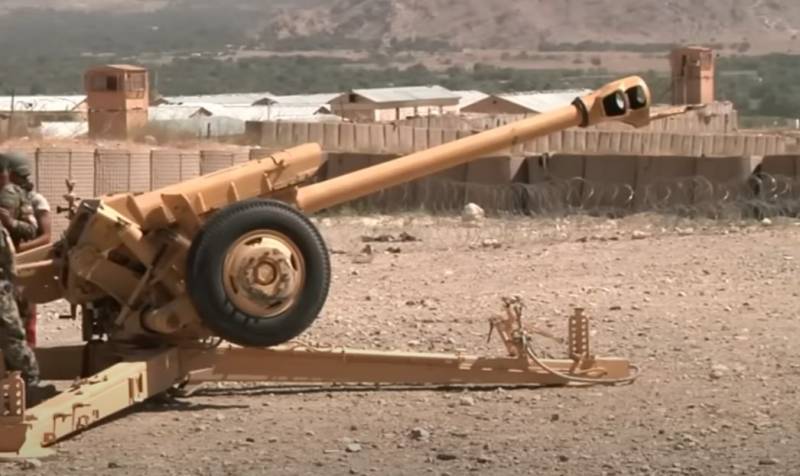Mogadishu,Somalia, Eyewitnesses in the Somali capital have reported the arrival of heavy military equipment, believed to have been supplied by Egypt, as part of a defense cooperation agreement between the two countries. The shipments, which included large military vehicles and artillery, were seen moving through the streets of Mogadishu under tight security, sparking speculation about the growing ties between Cairo and Mogadishu.
“I saw huge military vehicles passing through the streets of Mogadishu, which were being guarded by government forces,” one eyewitness told reporters, requesting anonymity. Several other sources confirmed that heavily armed Somali troops escorted the convoy, with strict measures in place to prevent civilians from taking photos or videos of the equipment.
According to another eyewitness who spoke to the Telegraph, the military convoy included artillery units towing armored vehicles. The equipment reportedly arrived at the Port of Mogadishu, also known as Hamar, where it was offloaded under heavy security. “The public was not allowed to take any pictures of the weapons and vehicles as they were being transported,” the witness added.
Sources suggest that these arms shipments are part of a defense agreement signed between the governments of Egypt and Somalia during a recent meeting in Cairo. Details of the agreement have not been officially disclosed, but the delivery of military equipment appears to mark a significant step in the growing military cooperation between the two nations.
Geopolitical Context
The timing of this development is particularly notable, as it coincides with rising tensions between Somalia and Ethiopia. Relations between the two neighboring countries have become increasingly strained in recent months, with Ethiopia reportedly expressing concern over Somalia’s growing military partnerships, including its ties with Egypt.
The arrival of Egyptian-supplied arms in Somalia comes just days after peace talks between Somalia and Ethiopia, scheduled for September 17th, were abruptly canceled. The reasons behind the cancellation remain unclear, but analysts suggest that the growing tension between the two nations, along with Somalia’s expanding military capabilities, could be contributing factors.
Egypt’s involvement in Somalia is likely to raise eyebrows in Addis Ababa, given the historically fraught relations between Egypt and Ethiopia, particularly over the contentious Grand Ethiopian Renaissance Dam (GERD) on the Nile River. Ethiopia’s construction of the dam has been a source of deep concern for Egypt, which relies heavily on the Nile for its water supply. Some analysts believe that Egypt’s military support for Somalia may be part of a broader strategy to counter Ethiopia’s influence in the region.
Potential Regional Implications
This new defense partnership could further complicate the already delicate balance of power in the Horn of Africa. Somalia, which has long relied on international support in its fight against al-Shabaab militants, may see Egypt as a valuable ally in strengthening its defense capabilities. However, the deepening of Somali-Egyptian military ties could alarm other regional players, particularly Ethiopia.
For Ethiopia, which has historically played a dominant role in Somalia’s internal security dynamics, the growing presence of Egyptian arms could be perceived as a strategic threat. Ethiopia’s strained relations with Egypt, largely due to the ongoing dispute over the Nile, may now be further complicated by Egypt’s military involvement in Somalia.
The Somali government has yet to officially comment on the nature of the military shipments or the specifics of the defense agreement with Egypt. However, the public appearance of these new military assets is likely to generate significant discussion in both Somalia and the wider region.
As tensions continue to rise, regional observers will be closely watching the impact of this military cooperation on the fragile peace in the Horn of Africa. With peace talks between Somalia and Ethiopia now off the table and military maneuvers taking center stage, the path to stability appears more uncertain than ever.

